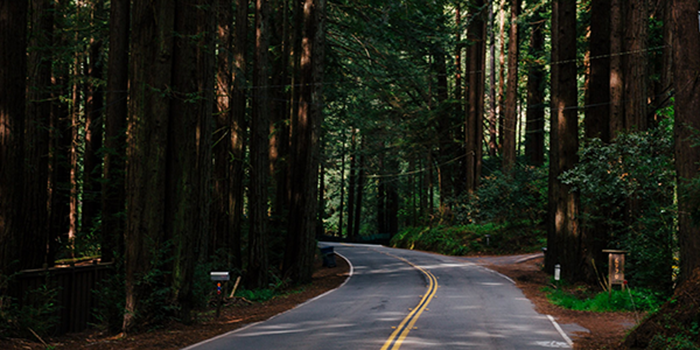Lesson planning is as important to your teaching journey as a GPS is to any road trip. Early educators often ask “how do I create the best lesson plans?”. Some veteran teachers might even struggle with this question, as there is no true “perfect” way to construct one. Lesson plans are individually unique to each teacher and the students in their class. There are, however, practical steps that can help teachers navigate their way through the planning process, and ensure they are developing plans that meet requirements and standards while also meeting the needs of their students.
When starting your lesson plan journey consider using the following directions to guide you:
Preview the Map for Curriculum Clues
Often, there are objectives, essential questions, strategies and academic vocabulary that you can easily pull from the curriculum to put in a lesson plan. Consider what parts can be used and save thinking time! Fill in the gaps as needed based on the lesson topic. Using pre-written parts from the curriculum provides a starting point, ensures you are connecting to the unit of study, and offers more time to focus on other areas of the plan.
Shorten the Route by Including Standards
There are parts of the lesson that must be included, and often your school or district will provide those. Most often they include the state standards and materials. Consider bookmarking state standards if they are not already integrated into your LMS (Learning Management System.) This allows you to access them easily. Saving frequently used standards (i.e.- speaking and listening) to a Google Doc or somewhere in your LMS can make the transfer of these standards seamless. The same can be done with materials that are frequently used in all subjects or cross-curricular lessons. The goal is to take the shortest route on this part of the trip!
The Important Turns: Objectives, Activities & Assessments
Other sections that are probably consistent in most lesson plan templates include objectives, activities and assessments. This is where the bulk of the “driving” and time is dedicated. Think about the main points you want students to learn, and use your state standards as a reference. These are learning intentions, and they help steer the lesson in the right direction, so selecting only a few objectives does not give a negative perception! Activities are typically the layout of the map and show the whole journey including all roads, turns, and yes, traffic! All grade-level teachers should consider group structure, instructional delivery, and differentiation options for this section. Using bulleted lists is a great way to include details and be thorough, yet not be too meticulous (and come to a stop sign).
Consider breaking this up into three sections:
- How the lesson will begin
- What students will work on the majority of the time
- How students will begin to transition out of the lesson.
After the transition comes the assessment. This might not be a typical quiz, but simply an exit ticket, student journal entry or vocal response. Lessons that occur closest to the end of the unit might be more summative, so more time can be dedicated to those as needed. Remember the destination could be long or short, don’t hesitate to include what you need to be successful; it’s your journey!
Considering Modifications and Accommodations
Other areas might not be designated sections but are highly recommended to consider. For example, including modifications and accommodations are an integral part of what teachers do each day. Although there may be times where they are implemented at the moment, it’s important to consider before hand students with learning differences and what their IEP (Individual Educational Plan) or 504 plans contain. Think about other students who might need assistance and include those accommodations as well. Reflections are often done once the plan is complete, but reflecting allows you to think about the journey. Those times where a turn was almost missed, or a landmark are often those “aha” moments for the next road trip. Reflect on your lessons and use those learning moments to improve instruction for next time.
Feeling a bit tense at first with lesson planning is natural. If you set your GPS and preview the roadmap, the rest will flow, especially after you make the trip a few times. As this school year begins, get ready to buckle up and embrace the journey ahead… you have this navigation guide with you!







